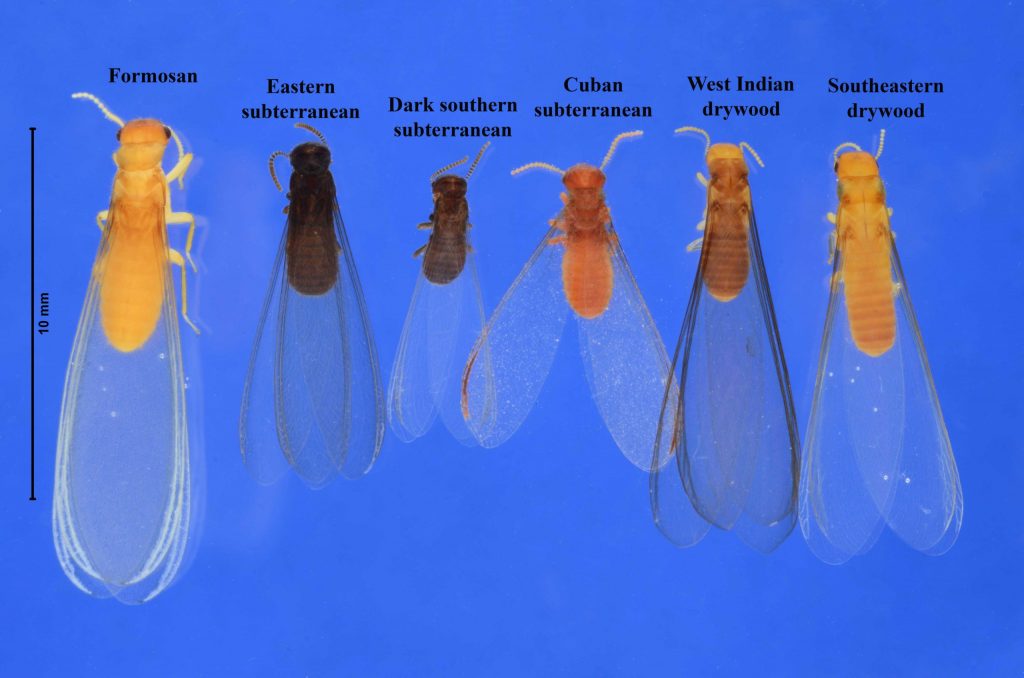Termites are a major problem in Florida, and the warm climate makes it an ideal habitat for them. In this article, we will discuss what termites are, what they look like in Florida, and how to protect your home from infestation.
1.1 Definition of Termites
Termites are small insects that feed on wood, paper, and other cellulose-based materials. They are social insects that live in colonies and can cause serious structural damage to homes.
1.2 What Termites Look Like in Florida
Termites in Florida are most commonly subterranean termites, which live in the soil and build mud tubes to access the wood in buildings. They are usually white or light brown in color. Other types of termites in Florida include drywood termites and Formosan termites. Drywood termites are larger than subterranean termites and are usually dark brown in color. Formosan termites are an aggressive species that can cause significant damage to buildings. They are also dark brown in color.
Types of Termites in Florida
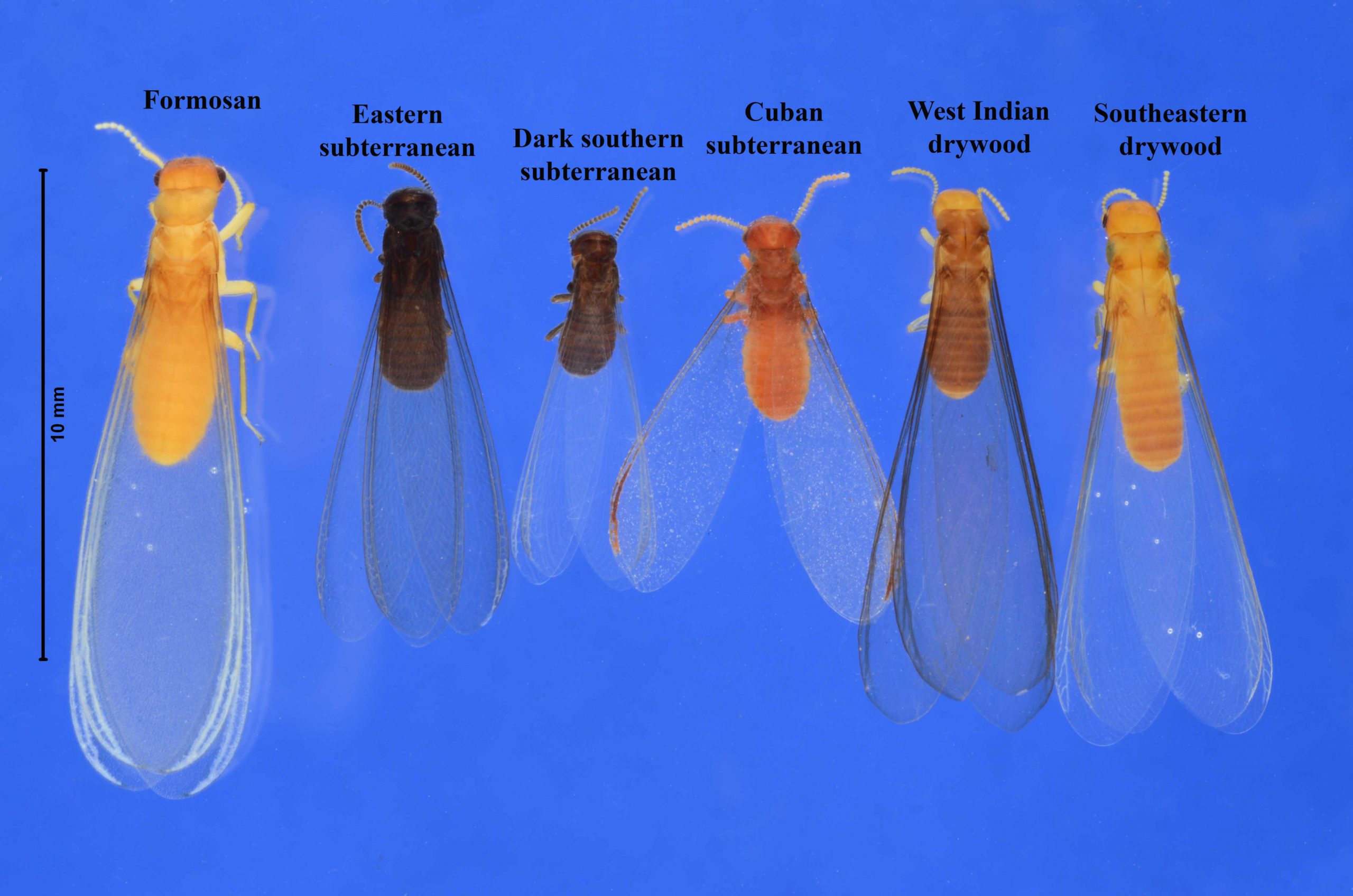
1. Subterranean Termites
Subterranean termites are the most common termite species in Florida, and are responsible for most of the damage caused. They live and feed on wood underground, and build large colonies with many members. These termites require contact with the soil to survive, so they build mud tubes to reach wood above the ground.
2. Drywood Termites
Drywood termites are less common in Florida than subterranean termites, but they can still cause significant damage. These termites live and feed exclusively on dry wood, and they do not need contact with the soil to survive. They create colonies inside the wood they are feeding on, and can be harder to detect due to their hidden lifestyle.
3. Formosan Termites
Formosan termites are an invasive species that were introduced to Florida in the early 20th century. They are similar to subterranean termites in that they need contact with the soil to survive, but they are far more aggressive and can cause more significant damage. They build huge colonies with millions of members, and they can spread quickly if not detected and treated.
Signs of Termites
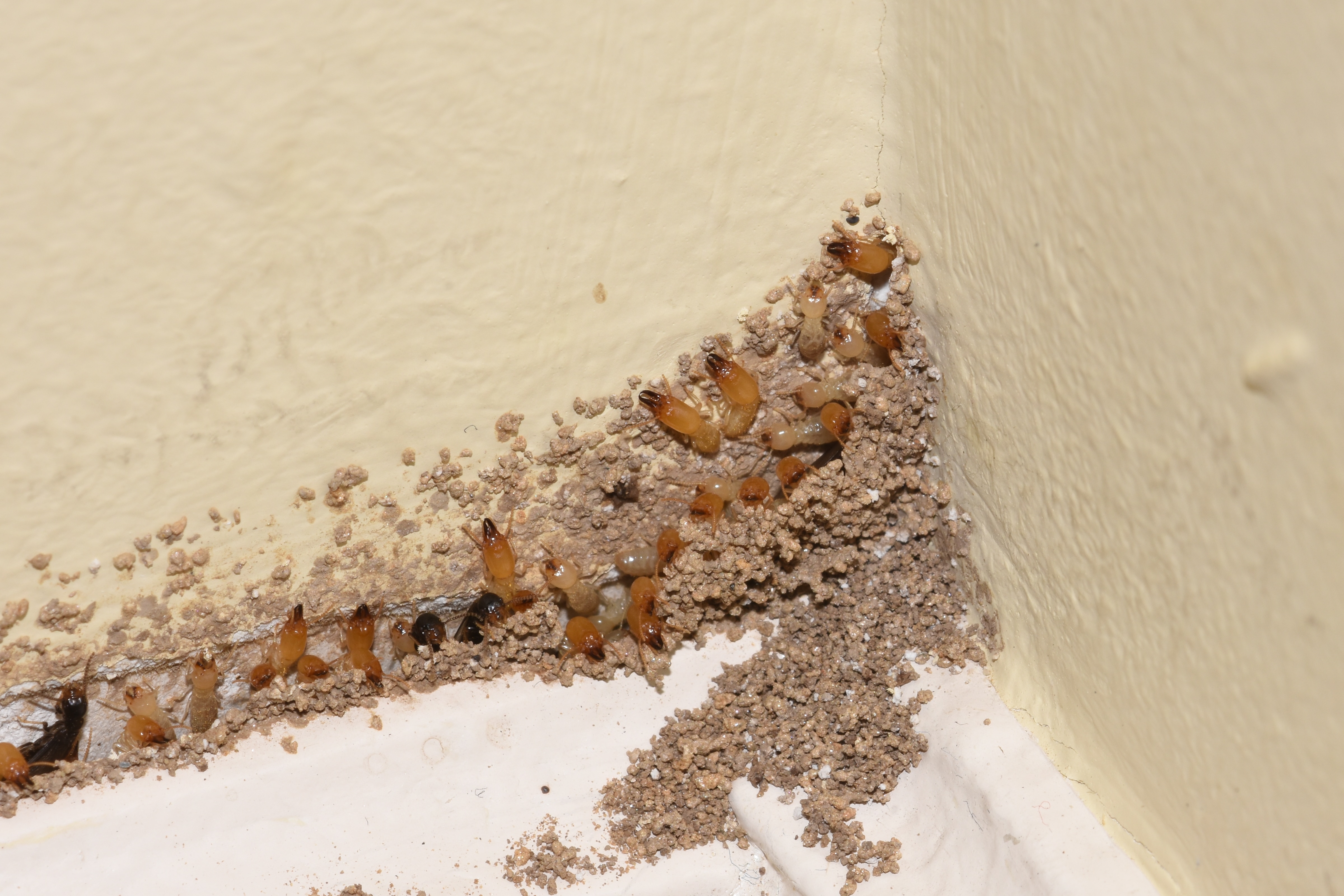
Swarms
Termites swarm in order to reproduce and form new colonies. Swarms typically occur in the spring, when the weather warms up. Florida termites may swarm in the daytime or at night. Swarms can last several hours, but only a few minutes in cooler weather.
Mud Tubes
Termites build mud tubes as passageways to reach food sources. These tubes, which are made of soil and termite droppings, are typically found on the exterior walls of homes and other structures. They are typically about the width of a pencil and can vary in length from a few inches to several feet.
3 Droppings
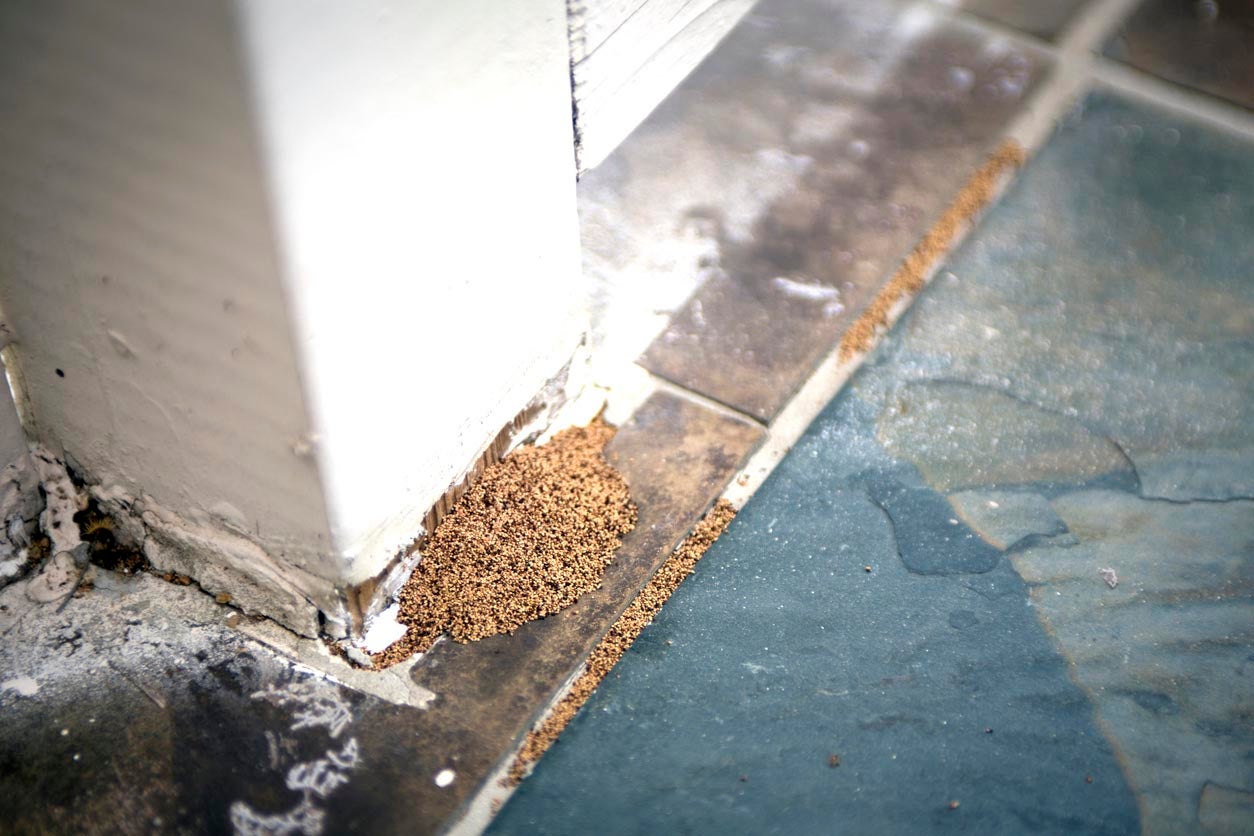
Termites in Florida leave behind three distinct types of droppings. These droppings are typically found in the form of small, brown pellets that vary in size depending on the species. The first type of droppings is frass, which is a combination of wood, soil, and fecal matter created by termite larvae. The second type of droppings is pellets, which are made up of hard, dry fecal matter produced by adult termites. The third type of droppings is shed wings, which are discarded after termites have gone through the mating process. All three of these droppings can be found around a termite infestation and are an indication that termites are present in the area.
Prevention of Termites

| Inside Your Home | Outside Your Home |
|---|---|
|
|
1 Avoid Moisture
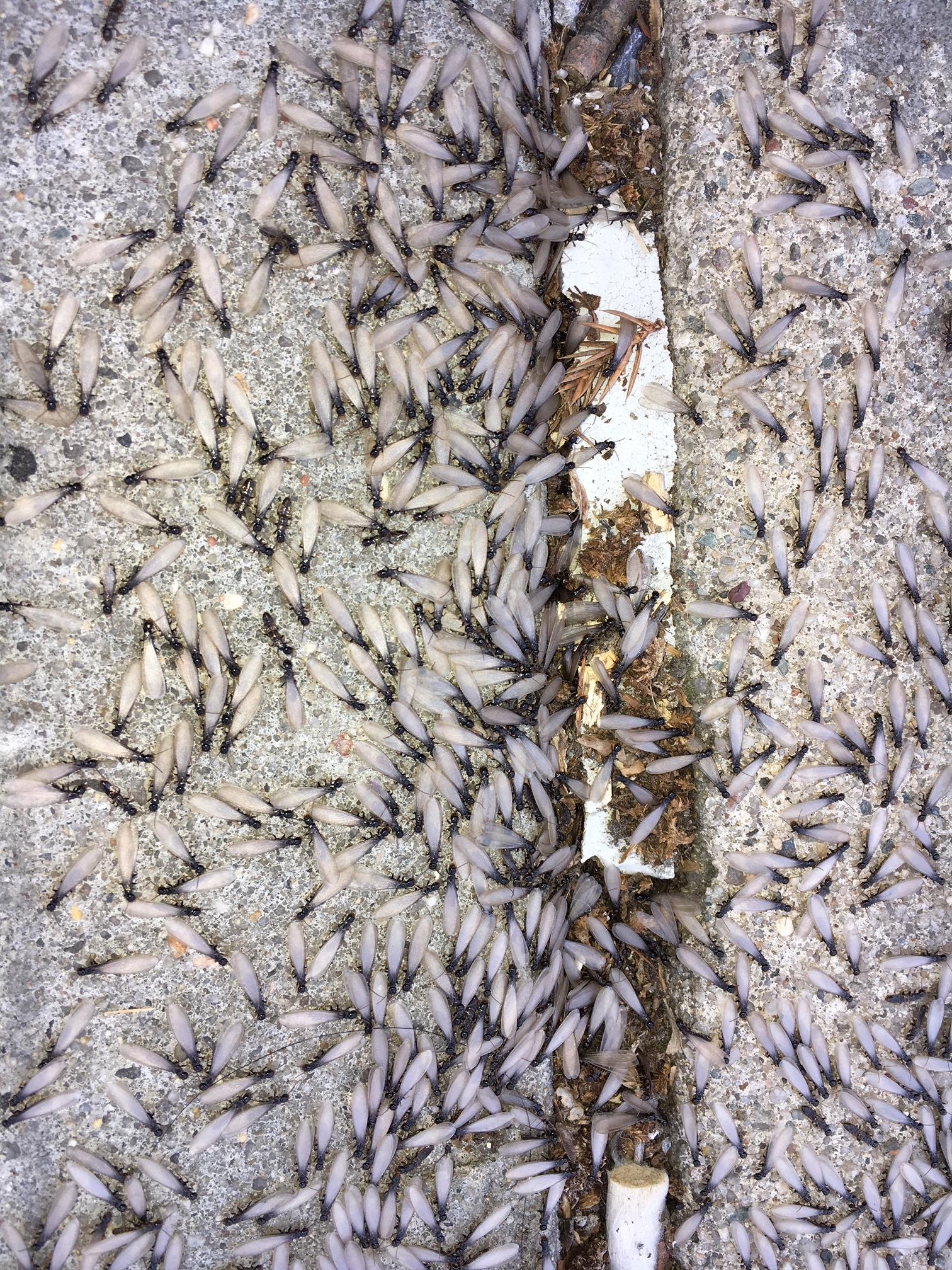
- Keep your home and property free of excess moisture and humidity.
- Maintain proper drainage away from your home.
- Eliminate any sources of standing water near your home.
- Repair leaky pipes and fixtures.
- Direct downspouts and gutters away from your foundation.
- Keep landscaping and soil around your foundation at least six inches away.
- Install vapor barriers in crawl spaces.
- Make sure the humidity level in your home remains low.
2 Keep Firewood Away
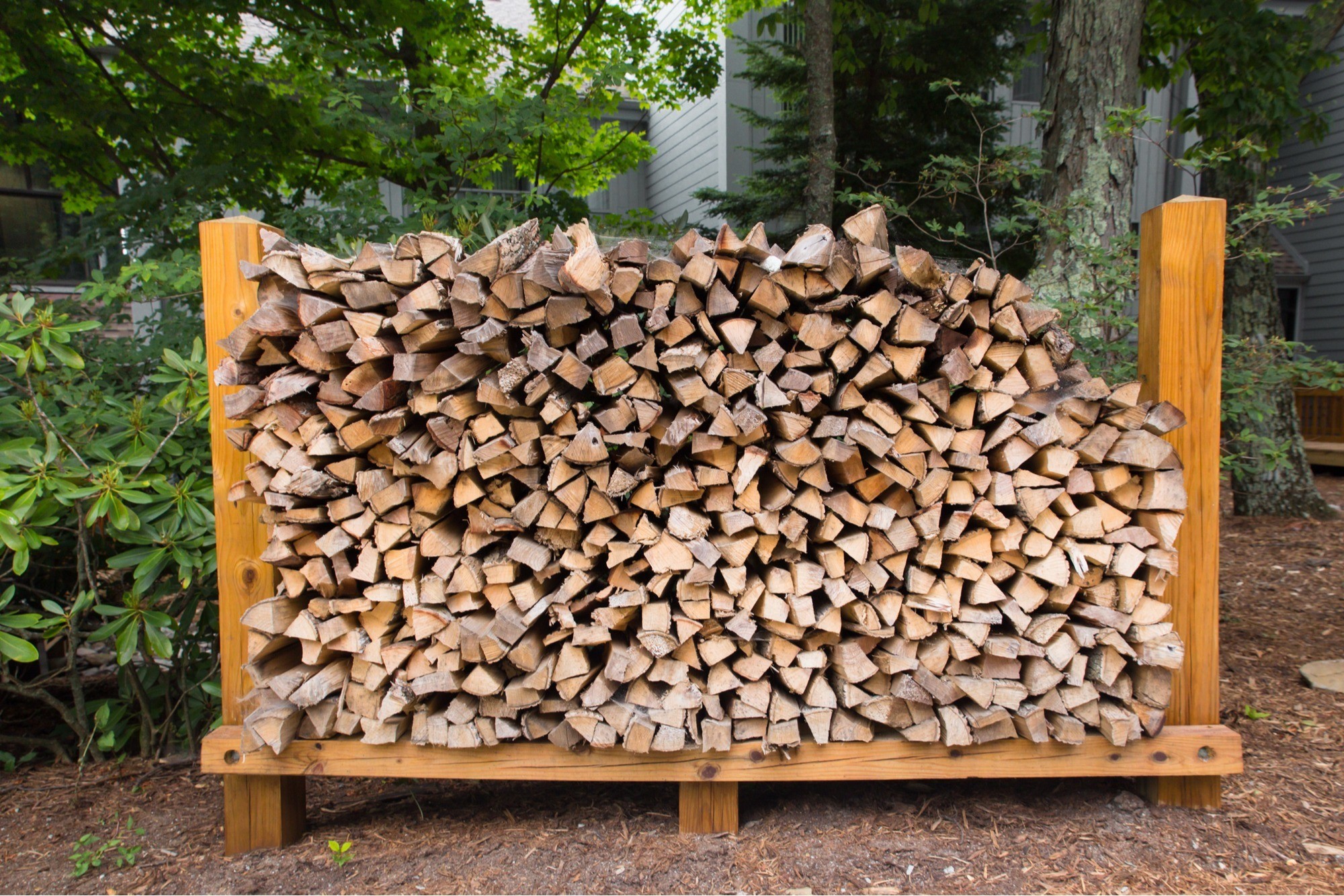
Firewood is a major source of food for termites as they feed on the cellulose found in wood. To avoid termites, it is important to keep firewood away from the home. Firewood should be stored outside the home, on a rack off the ground and away from walls, siding, or any other wood surfaces. If the firewood must be brought inside the home for burning, it should be burned within 24 hours of bringing it inside. Any remaining firewood should be returned outside the home and stored properly.
3 Seal Cracks and Gaps
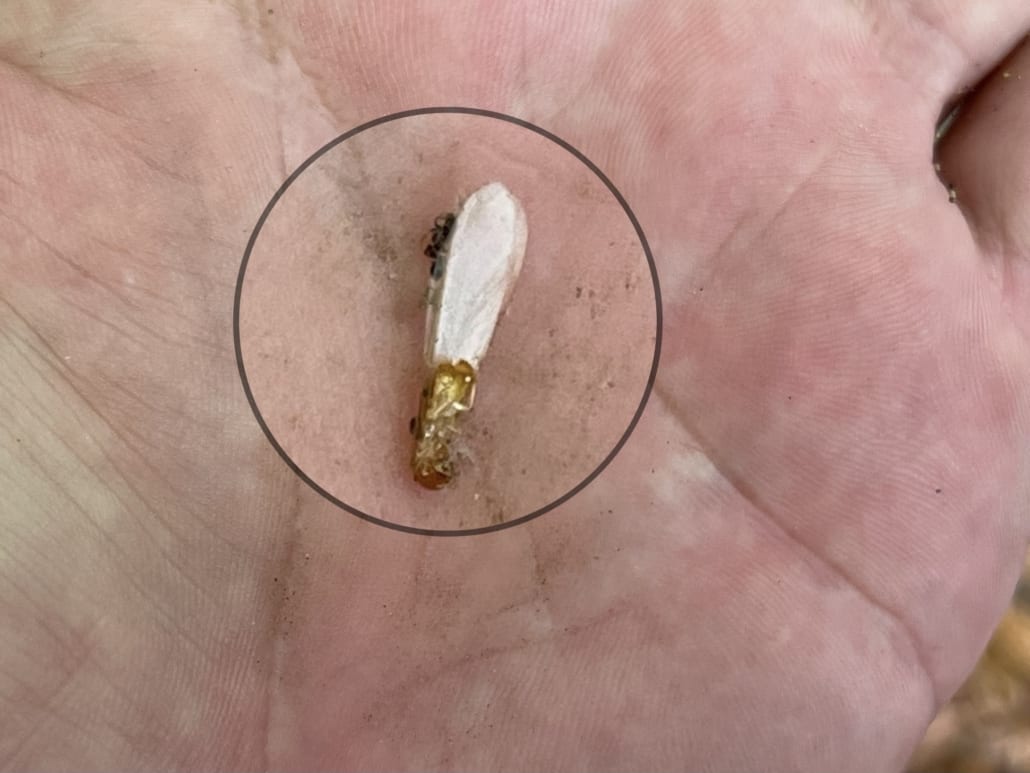
| Where | How |
|---|---|
| Cracks in walls and foundations | Caulk and sealant |
| Gaps in doors, windows, and sills | Weather stripping and door sweeps |
| Vents, pipes, and wires | Caulk, steel wool, and expandable foam |
Sealing cracks and gaps around the exterior of your home is essential for preventing termites from entering. Check for any visible entry points and seal them accordingly. Be sure to use caulk and sealant for cracks in walls and foundations, weather stripping and door sweeps for gaps in doors, windows, and sills, and caulk, steel wool, and expandable foam for vents, pipes, and wires.
Treatment and Control of Termites
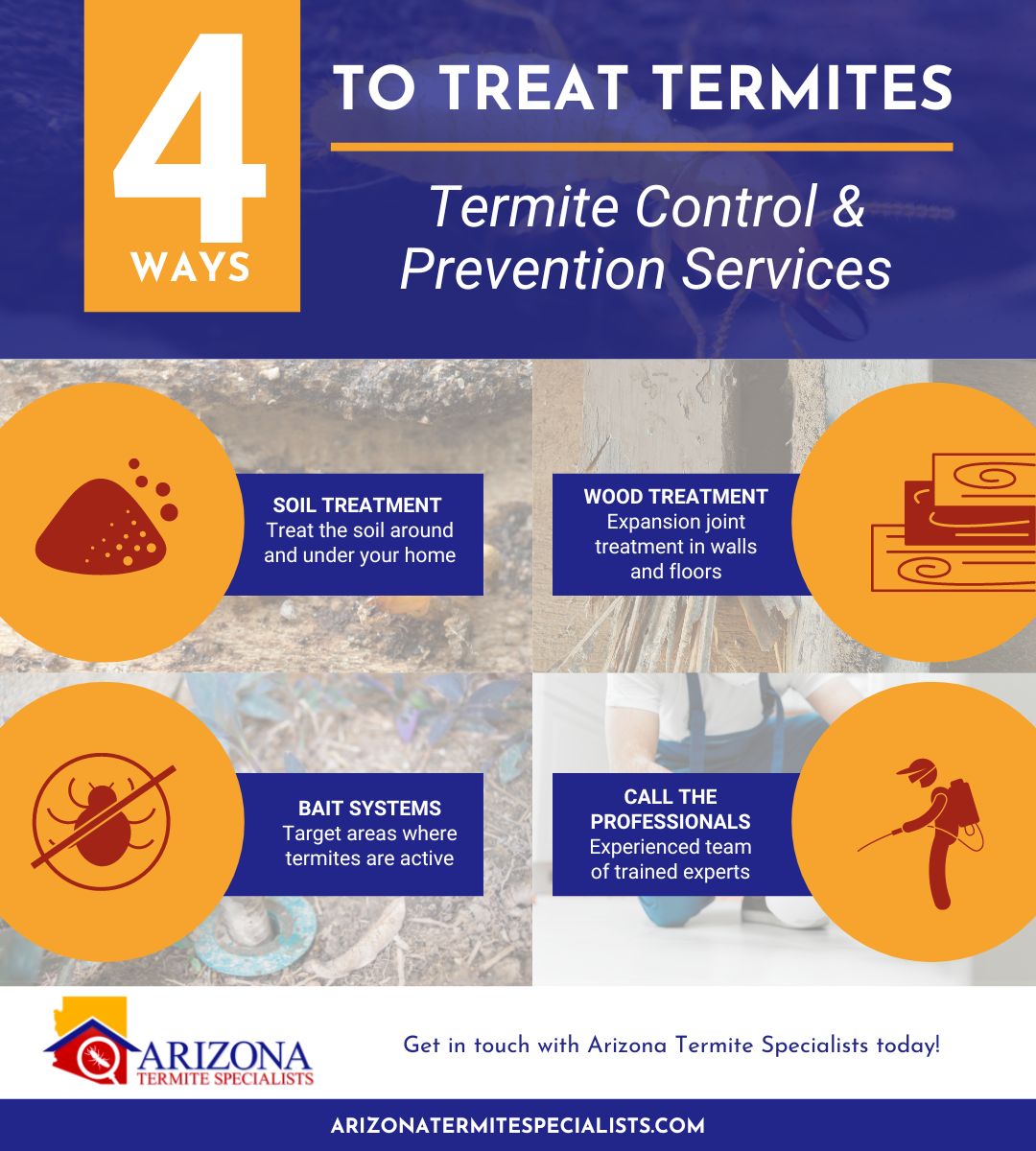
- Inspect for visible signs of termites, including wings, mud tubes, and frass.
- Replace any damaged wood or other materials in your home.
- Eliminate moisture sources, such as leaking pipes or faucets and clogged gutters.
- Install a physical barrier, such as a chemical soil treatment or metal flashing, to prevent termites from entering your home.
- Treat the soil around your home with a termiticide or borate-based product.
- Regularly inspect your home for signs of termites.
- If needed, hire a professional pest control company to treat your home.
1 DIY Treatments
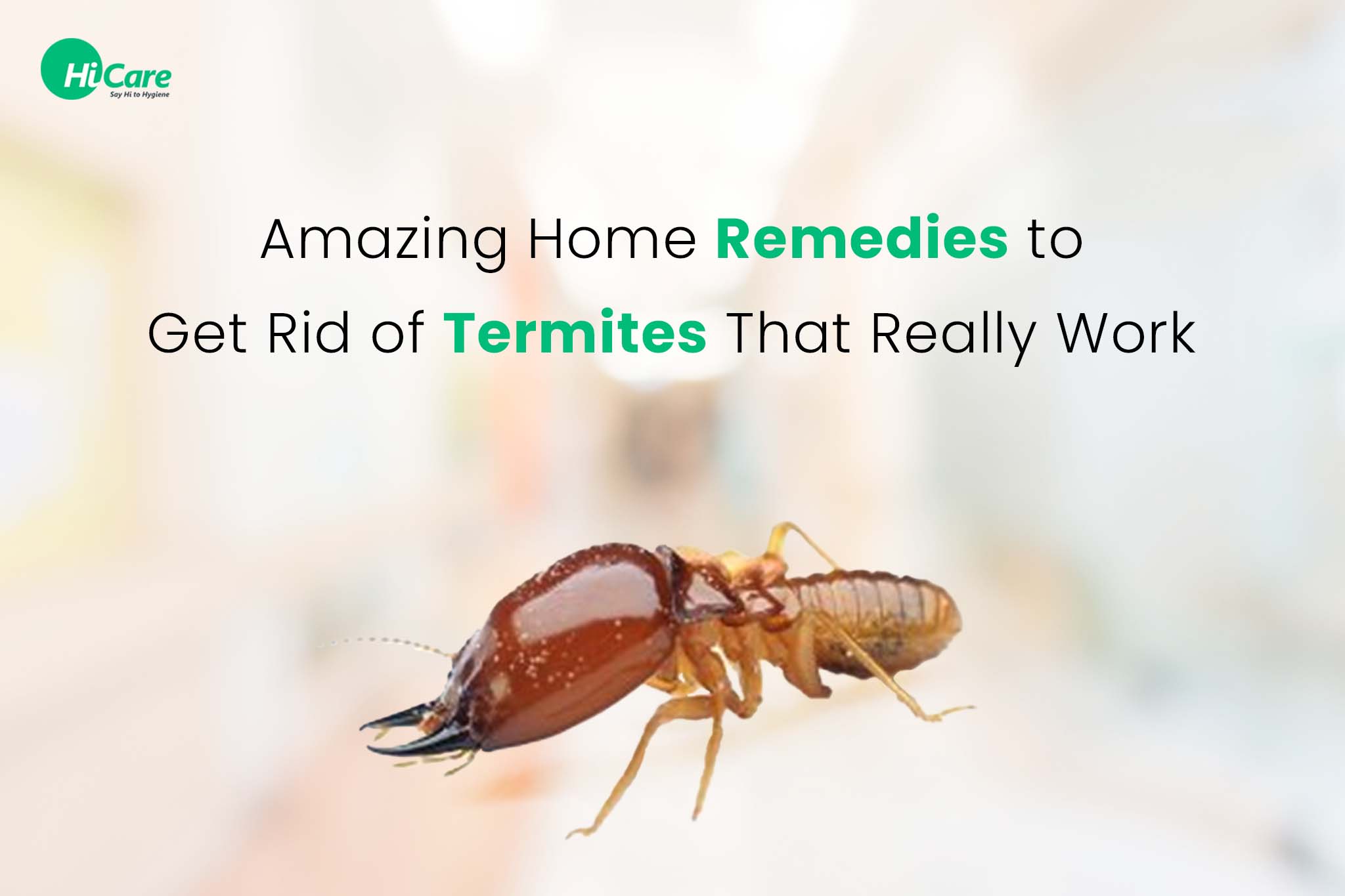
| Treatment | Procedure |
|---|---|
| Orange Oil | Mix 4 ounces of orange oil with 1 gallon of hot water and spray it on the infested area. Repeat the process every 3-4 weeks. |
| Vinegar | Mix 1 part vinegar and 1 part water in a spray bottle. Spray the solution on the infested area. Repeat the process every 3-4 weeks. |
2 Professional Treatments
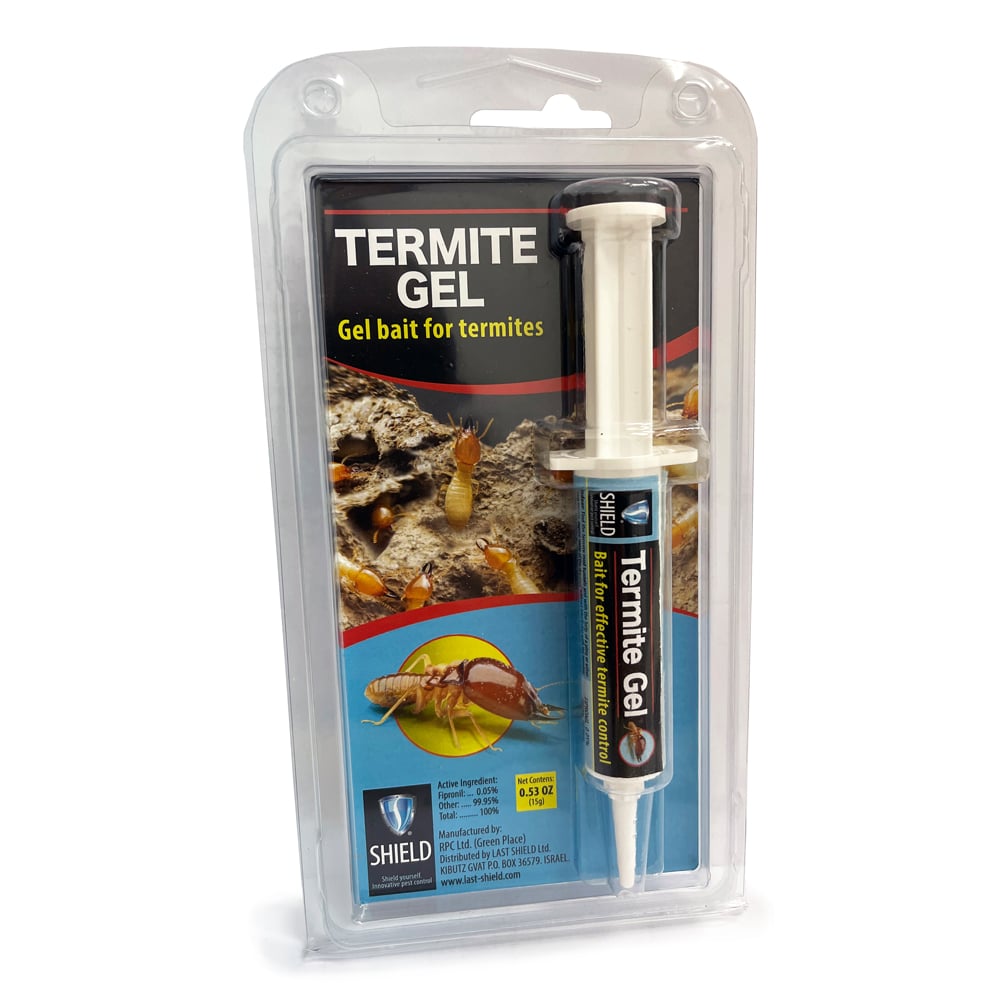
The two primary professional treatments for termites in Florida are liquid insecticide treatments and baiting systems. Liquid insecticide treatments involve an application of an insecticide to the exterior foundation and soil of a building and around the perimeter. This application is designed to kill any termites that are currently present and provide a barrier to prevent further infestations. Baiting systems involve the installation of monitoring stations in the soil around the perimeter of a structure. These stations contain a bait that the termites feed on, and as they feed, they spread the bait to other termites, eventually destroying the entire colony.
3 Chemical Treatments
| Treatment | Description |
|---|---|
| Fumigation | The entire structure is sealed and an approved fumigant is released into the structure to penetrate walls, furniture, and other materials to eliminate termites. |
| Liquid Treatments | A chemical barrier is established around the perimeter of the structure to prevent further infestation. This is accomplished by applying a liquid termiticide to the soil around the structure. |
| Bait Systems | Termite bait systems are installed in the ground around the structure. The bait consists of cellulose material that is placed in plastic stations and monitored for termite activity. |
Are Termites Common in Florida?
- Yes, termites are incredibly common in Florida.
- The warm, humid climate in the state makes it an ideal environment for these pests.
- There are more than 40 species of termites in Florida, the most common of which are subterranean and drywood termites.
- Subterranean termites are found throughout the state and are particularly active along the coastal regions.
- Drywood termites are less common, but can still be found in wooded areas and wood structures.
- Termites can cause significant damage to structures and can be difficult to detect and eliminate.
- It is important to be aware of the signs of a termite infestation and to take steps to prevent them from entering your home or business.
Frequently Asked Questions
What do black termites in Florida look like?
Black termites in Florida typically measure about 5mm in length and have brownish-black bodies. The head and thorax are darker than the abdomen. They have four wings of equal length, and the wings are often darker than the body. The antennae are straight and black. They have a long, thin waist and have six legs.
Are Subterranean Termites Common in Florida?
Subterranean termites are the most common termite species in Florida and are responsible for the majority of structural damage caused by termites in the state. They are found in all 67 counties and thrive in hot, humid environments. Subterranean termites construct colonies in the soil and build mud tubes to reach food sources, such as wood. They feed on cellulose material, such as paper, cardboard, and wood, and can cause extensive damage to wooden structures.
How can I tell if I have termites in my home in Florida?
Termites in Florida can cause significant damage to homes and other structures, so it is important to be able to identify them. Signs of termites include mud tubes on walls, wood that sounds hollow when tapped, and seeing termite swarmers. Mud tubes, also called shelter tubes, are tunnels made from dirt and saliva that termites use to travel between their nest and a food source. If you find mud tubes, it is likely that you have a termite infestation. Additionally, tapping wood in your home may reveal it to be hollow, a sign of termite damage. Finally, swarming termites may be visible in the home or around the foundation. These are winged termites that are looking for a place to start a new colony. If you find any of these signs of termites in your home, it is important to contact a pest control professional immediately.
What are some of the Different Types of Termites Found in Florida?
Florida has four main species of termites: the Eastern subterranean termite, the Formosan subterranean termite, the drywood termite, and the dampwood termite. The Eastern subterranean termite is the most common, attacking wood and other cellulose materials and forming subterranean colonies. The Formosan subterranean termite is particularly dangerous, forming large colonies and often causing extensive damage to homes. The drywood termite typically infests dry wood and does not require contact with soil. The dampwood termite prefers wet wood, often infesting wood that has been exposed to moisture.
What can I do to prevent termite infestation in my Florida home?
To help prevent a termite infestation in your Florida home, it is important to inspect the home regularly for signs of termites, and to take preventative measures such as maintaining adequate drainage away from the home and eliminating excess moisture, sealing off cracks and crevices, removing sources of food for the termites, and storing firewood away from the home. Additionally, consider having a termite inspection and pest control service regularly inspect your home for signs of infestation.
Conclusion
Protecting your home from termite infestations is a critical step in keeping your home safe and healthy. There are many steps you can take to prevent termites from invading your home, including reducing moisture levels, ensuring proper drainage, maintaining a clean, clutter-free environment, and sealing any entryways. The most effective method for preventing a termite infestation is to have a professional pest control company perform a termite inspection and provide termite treatments. By taking the necessary steps to protect your home from termites, you can help ensure that your home and family are safe and sound.
- Termite.com – Information about termites in Florida.
- University of Florida – Managing Subterranean Termites in Florida.

